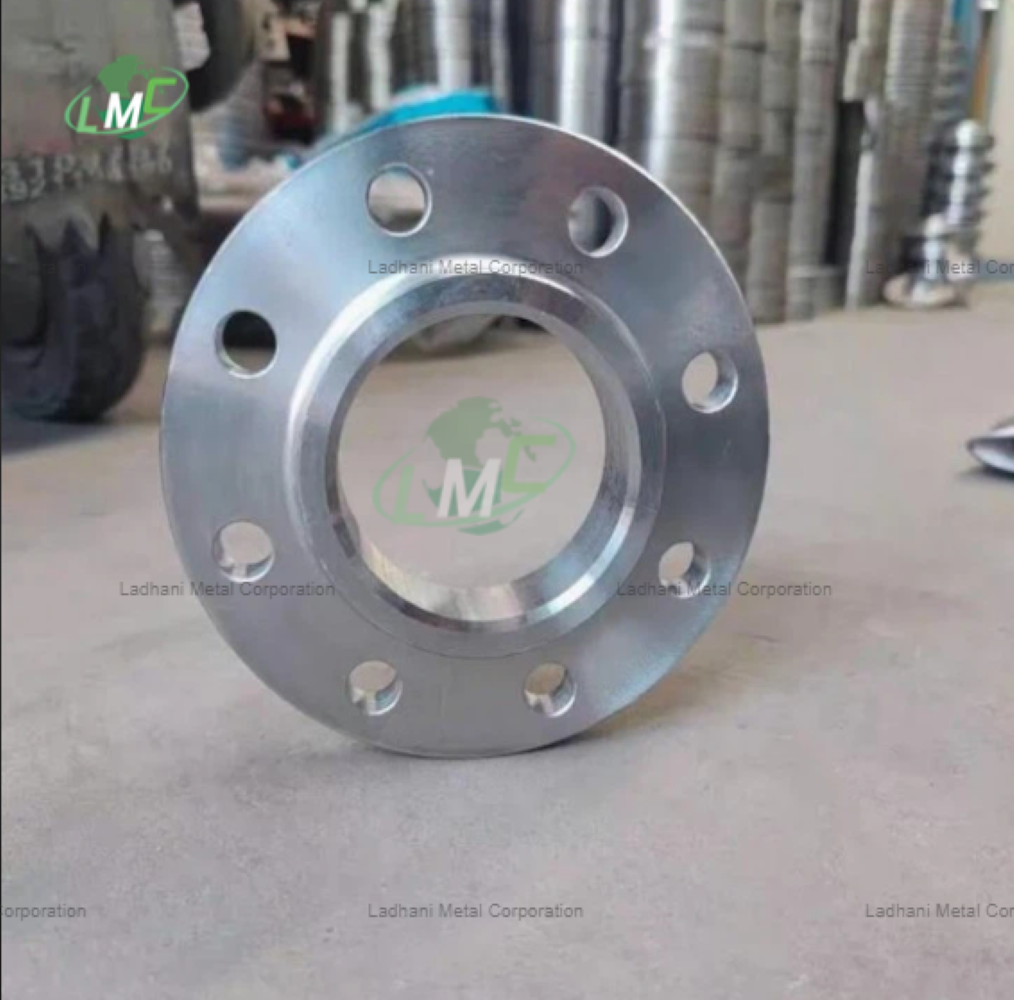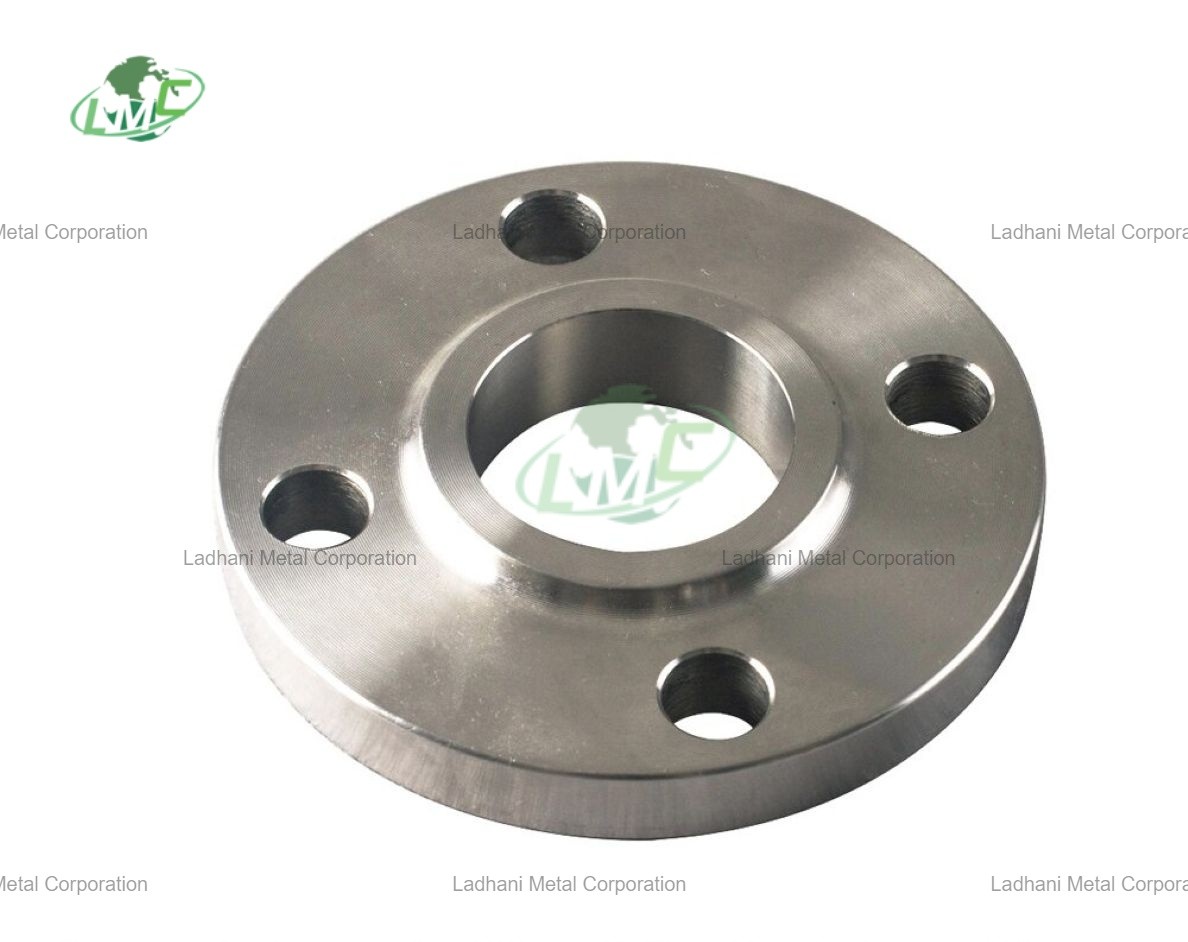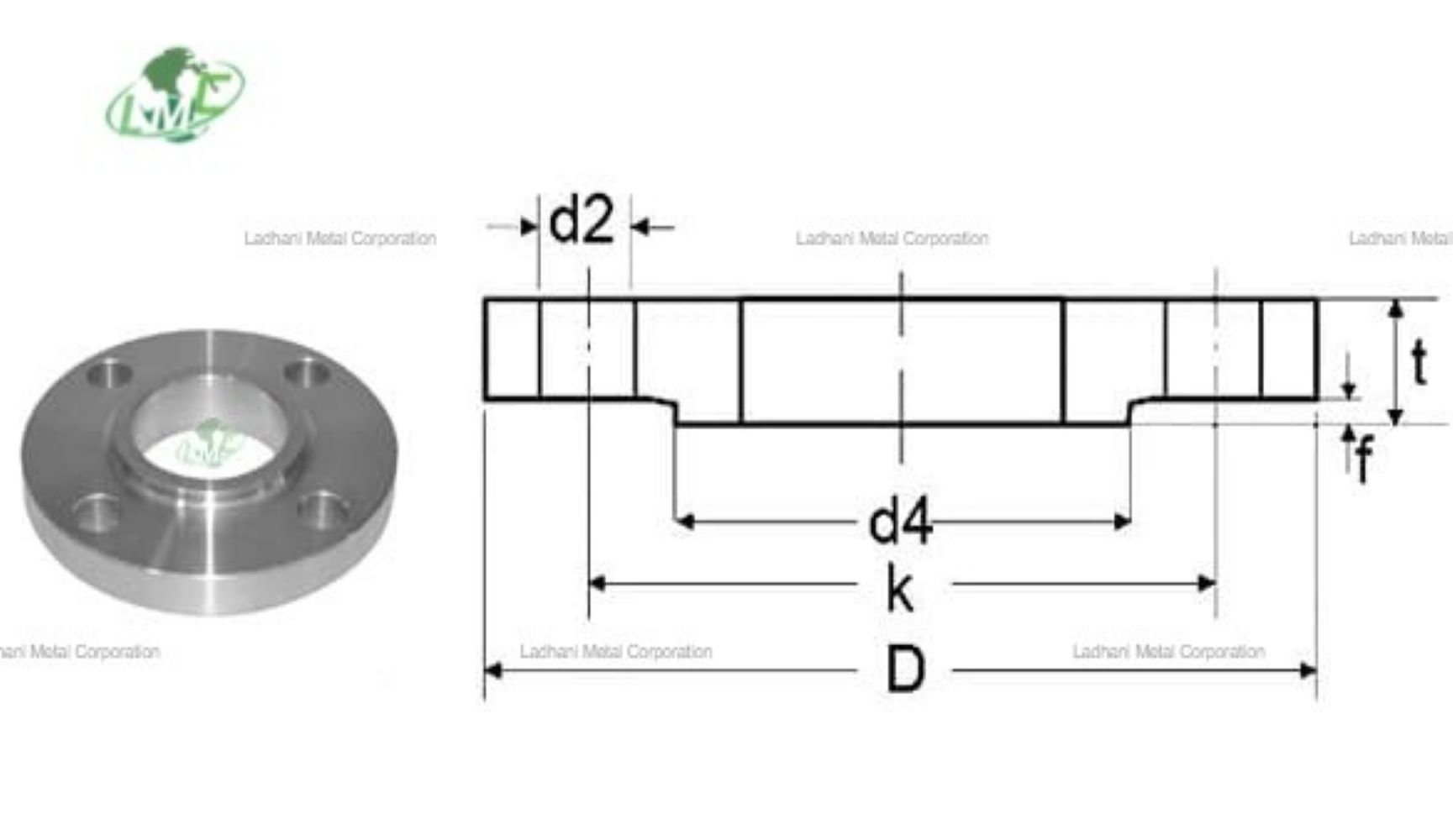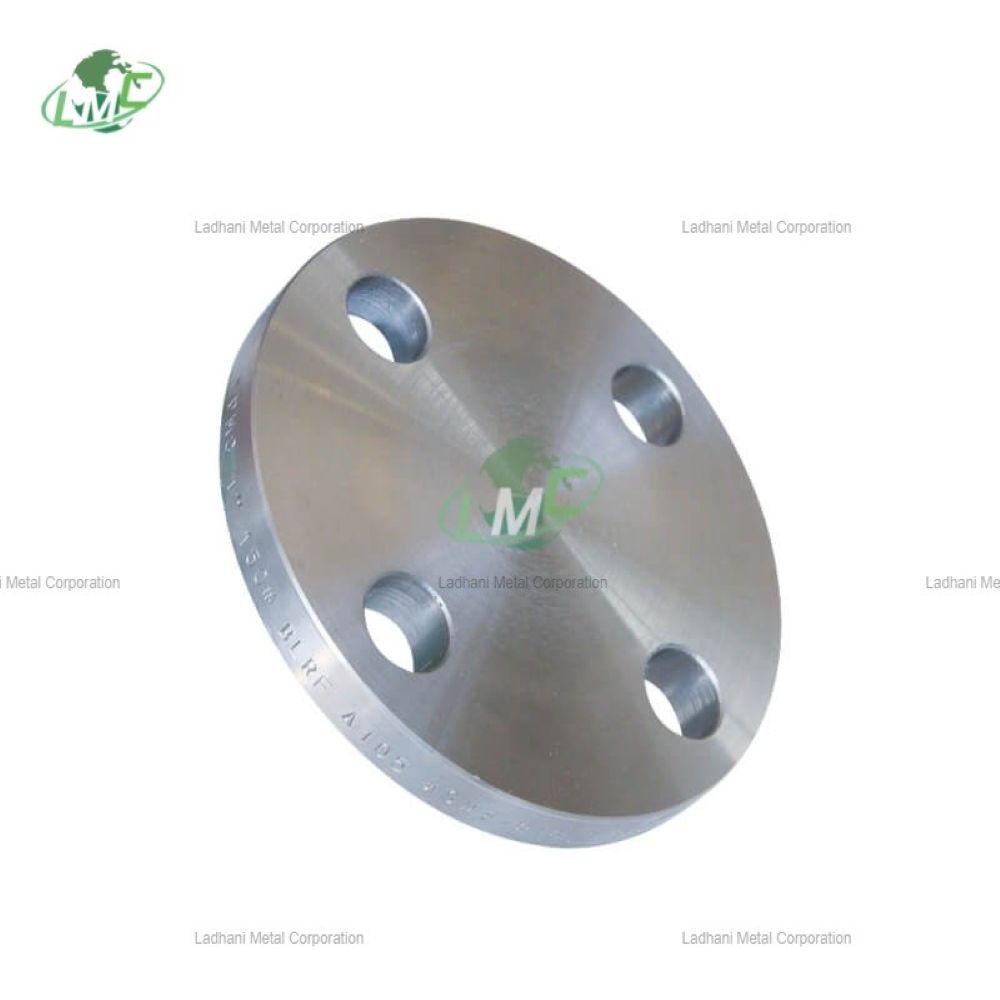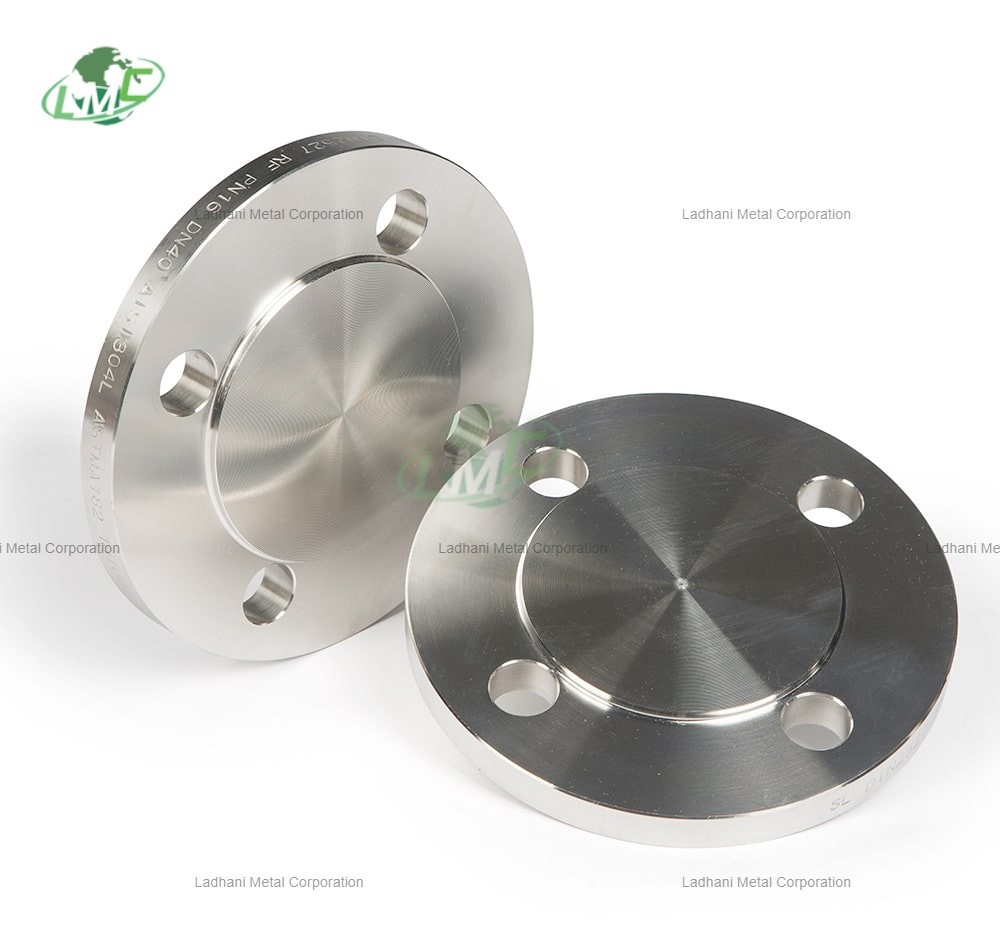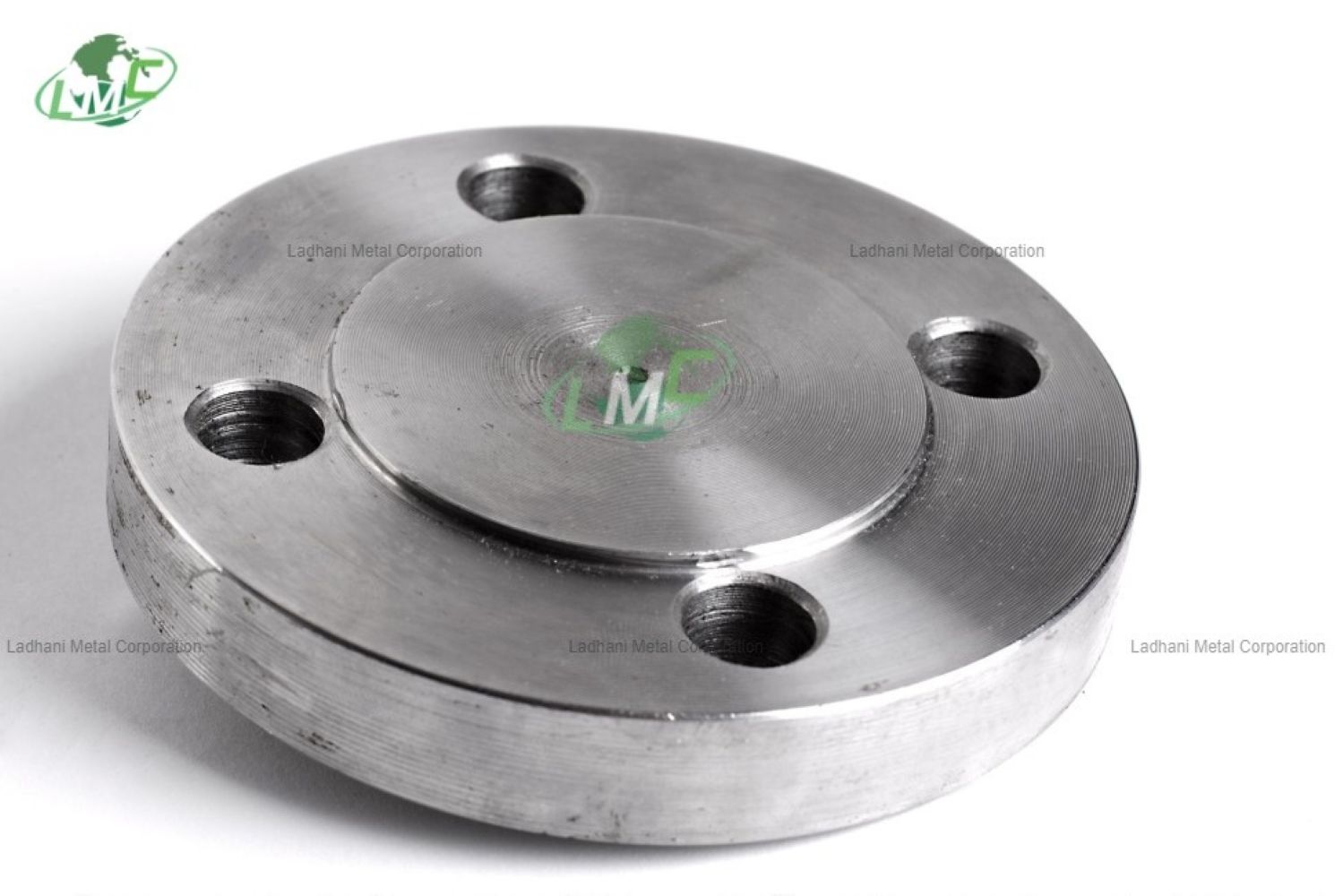Product name:Titanium Elliptical Dished Head Standard: ASME VIII-I, DIN28013 Material: Titanium GR1, GR2 Size: Customized Titanium Hemispherical Dish Head Brand name LHTi Product name Titanium Hemispherical Dish Head Material Titanium & titanium alloy (Grade 1 Grade 2 Grade 7 Grade 12 etc.) Size DN - 100mm : 6000mm (customized size avaliable) Wall Thickness 3mm ~ 300mm (customized thickness available) Process Type Hot pressing, cold pressing, cold spinning Connection Type Butt-welded or threaded Edge Type Bevel, Plain or as required Process of depression Once the plate is cut into a circle (using a circular cutter, laser, plasma or other methods), the resulting plate is formed under the press and will be crowned with the plate by multiple impacts on the whole surface. In order to make different types and diameters of disc ends, a disc press must be equipped with a set of molds with different radii. The serving process is quite slow. Depending on the size and material of the plate, it usually takes several hours. This process can be automated by using a CNC manipulator. It is possible to find a press with CNC, which can handle more than 10 shafts and can run automatically for several hours. In addition to automation, another important factor in the disk making process is speed. The two speed press can greatly increase the output. The punch presses the workpiece continuously. This means that the structure of disc press is easily affected by material fatigue; Therefore, the life of the press designed to save cost may be very short, showing the first crack of the structure in a very short time. The press designed with HPT has better fatigue resistance. This design consists of four main parts: upper beam, lower beam and two columns. The two beams are connected with the column through the hydraulic preload pull rod. Compared with seam welding or bolts, these tie rods can better resist continuous stress, so as to provide more elasticity to the structure. Dished multi center end A special dished end is widely used in truck can body manufacturers: multi center dished end. These disc-shaped ends are usually made of aluminum or stainless steel and are usually made of thin plates up to 6 mm. This thickness allows the formation of multi center dished ends using a technique called hydroforming.
Send Message


